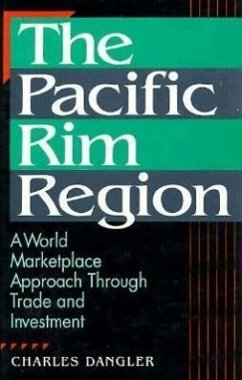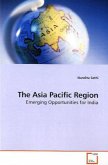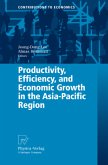The Pacific Rim Region has evolved in recent years as a new international community concept. A major force - the Region accounts for 28.5 percent of the world trade and 51 percent of the world's population - the Pacific Rim Region has not been clearly understood. And one of the problems has been that the region lacked a common geographical definition and consequently no economic framework among the public and private sectors. Charles Dangler in The Pacific Rim Region changes that and provides a clear, concise definition that places the Region in a practical context for operational use within the world marketplace. The Region is defined as consisting of independent nation-states and other economic entities that are abut and or adjacent to the Pacific Ocean. That definition encompasses the Pacific Ocean shores of South, Central and North America as well as East Asia, Australia and the majority of the Pacific Island states. The Region is also defined in relation to the Equator and the International Date Line and encompasses four directional quarters of the Pacific Ocean. Using geoeconomics - a combination of geography and economics - rather than political and military considerations, Dangler examines the regional economic market of forty-six economies all of which have a common geographical feature - the Pacific Ocean. He also discusses the major trade policies and trade arrangements for the predominant economy in each of the four quarters - Japan, Australia, Chile, and the United States. Within this context, the author concludes with the region's economic prospects leading into the global market of the twenty-first century.
Hinweis: Dieser Artikel kann nur an eine deutsche Lieferadresse ausgeliefert werden.
Hinweis: Dieser Artikel kann nur an eine deutsche Lieferadresse ausgeliefert werden.








